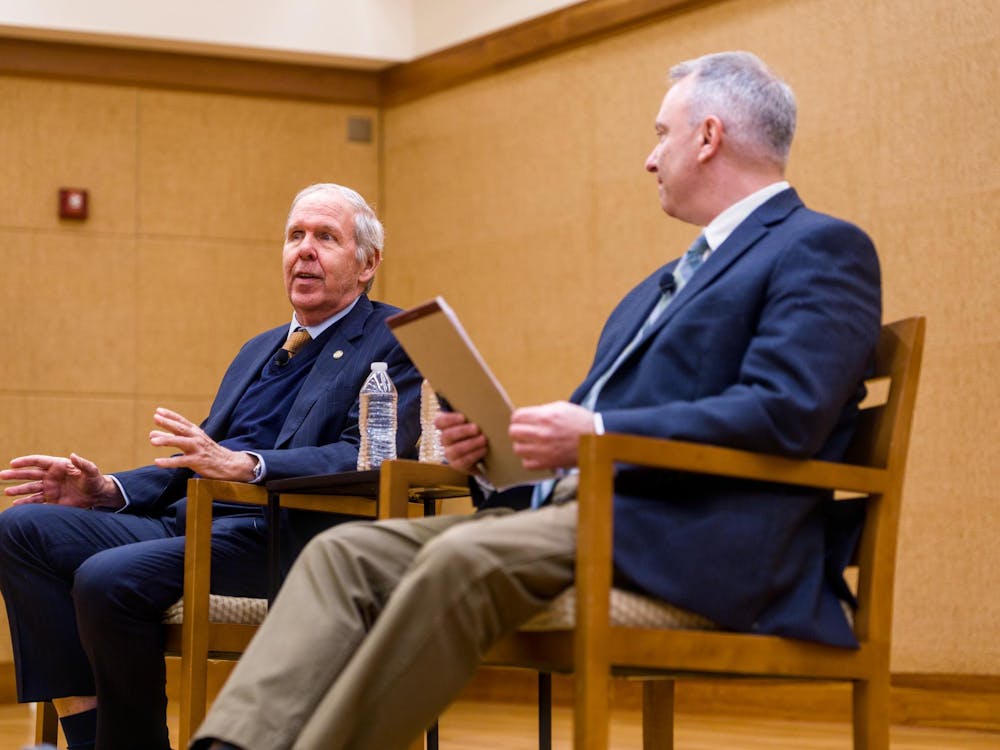Three University students shared the results of a study about Charlottesville's downtown farmers' market before market vendors and community members Sunday.
The students took up this research because the City of Charlottesville is considering moving the market a new location. They wanted to ensure that the City had accurate information about the market's impact on the community, third-year College student Natalie Roper said.
"As the market moves into a stage of growth and faces the daunting task of finding a permanent location, we see the importance of gathering basic information on our current market and its patrons," the group of students said on their website.
The survey spanned seven weeks and directed a random sample of 261 market shoppers to fill out a paper or online survey asking about the amount of time they spend at the market, how much money shoppers spend on average and how locals get to the market, among other questions.
"We worked with [the nonprofit] Market Central ... to complete a survey which would look at market customers," Roper said. Roper conducted the research with second-year College student Erica Stratton and Architecture Graduate student Carla Jones.
"Our group kind of formed organically out of having this common interest about the farmers' market," Jones said. "We started working on it ... last fall ... [but] the surveying really got going in July."
Nearly 71 percent of the market's 5,000 customers every week spend $21 or more, and the market generates a bare minimum of more than $126,000 in sales per week, according to data from the study.
The survey results also showed more than half of the customers spent more than an hour at the market and 93.2 percent of customers spent more than half an hour there. Additionally, more than 72 percent of shoppers heard about the market from their friends.
The market functions as much more than a place for buying and selling locally produced goods, however.
"This is a community space in addition to a market," Roper said.
The survey, however, found the market was not fully representative of the community, Roper said.
While the City has a black population of nearly 20 percent, according to the U.S. Census Bureau, the survey found less than 3 percent of the market's shoppers were black. The survey also showed that market shoppers are overwhelming female.
Only about 43 percent of Charlottesville residents have at least a bachelor's degree, according to the Census Bureau, but more than 80 percent of market shoppers have either a bachelor's or more advanced degree.
Jones said one of the market's goals could be to expand customers' ability to use Supplemental Nutrition Assistance Program funds, which help low income families afford nutritional food options. Currently, shoppers may exchange SNAP funds and funds from credit or debit cards at a booth in the market and receive tokens, which may be used to purchase foods.
Only 1.2 percent of customers, however, use SNAP funds to purchase goods at the market, the survey showed.
Both Jones and Roper said the presentation and discussion with vendors and community members helped them identify areas where the market can improve.
"We got just a general feeling that ... there is a lack of a vendor community," Jones said. "There's not a lot of ways for their voices to be heard."
The group of students will hold another community listening session Wednesday at the Jefferson Area Board on Aging on Hillside drive starting at 6 p.m., according to the group's website.






